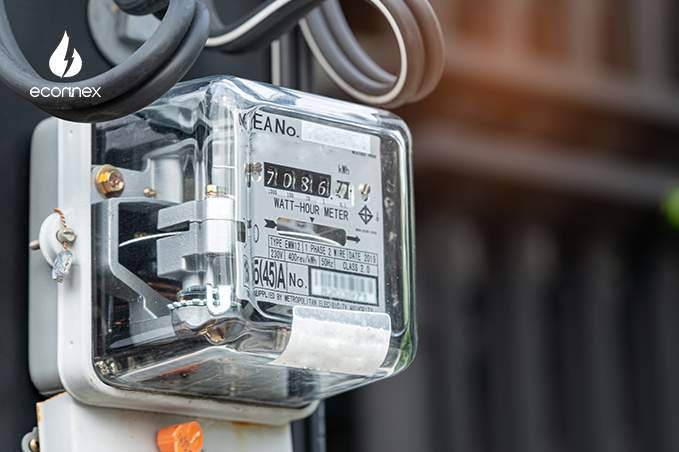Tenant's energy plan switch made easy! Empowering renters to navigate the process hassle-free and find better energy solutions.

Published on 11/11/2023
By Ankesh Sethi
Energy Comparison
Whether you currently living in one or are about to move into a new rental property, one of the factors to consider is to have affordable electricity that fits your lifestyle and budget. Not sure if you have the best deal? Don’t know where and how to start? You’ve reached the right place to know better.
Here are a few guidelines for you:
This depends on where you live and who is responsible for paying the energy bills at your property. If you live in a place within Victoria, NSW, South Australia and South East Queensland with deregulated energy market you can choose your preferred energy provider that offers a range of different plans and incentives to sign up.
Carefully read tenancy agreement before signing, it’s also important to ask about the property’s power supply and who is responsible for paying bills. If energy bills are included in the rent or paid by the owner, you will likely not be able to pick or switch energy providers.
Here are the based guide on Energy Providers:
If you live in Northern Territory, Tasmania or Part of Western Australia with a regulated energy market you don’t have any option to pick from different energy providers. You’ll have to stick with the plan and price that are offered by the state government.
Embedded networks are increasingly common in residential apartment blocks where the building owners have an agreement with an energy provider to supply energy to all properties in the complex and individual residents are not able to switch.
You will be able to choose any plan from any provider that services your area, the same as for those who own a property. But some energy providers offer plans for tenants. These plans could come with: No lock-in contract or exit fees and No connection, disconnection or reconnection fees, you can also take the help of an energy broker. Read more about it here.
If there is a smart meter installed at the property you will be able to select from plans which are tailored specifically to their use like a plan that offers flexible off-peak pricing. However, if the property only has a traditional meter you should make no attempt to change it or upgrade since the type of meter is determined by state authorities or the energy distributor and is a matter for the property owners. To understand the different types of meters and the rates click here.
If the property has solar panels and you’ll be responsible for energy bills, you’ll for sure sign up to a plan with a solar feed-in tariff and benefit from any savings. Clear this thing first with your lessor before signing any agreement.
Make sure you pick the best energy plan for you, try to identify, study features and discounts such as stated below:
If the property has both, sign up for both services with the same provider for convenience. But that’s not always the cheapest option. Many retailers offer special discounts on dual fuel, you can find an overall cheaper deal by sourcing from different providers.
It can be difficult to determine how much your bills are going to be when you’ve just moved in. It’s a good idea to get a plan with no exit fees so you can test the waters first. Get into the habit of comparing electricity plans every 6-12 months to see if better deals available. You can also save by reducing the amount of energy usage at home. Check tips on energy efficiency here
Whether you just rent or own the place switching provider is very easy. Once agreed with the terms they’ll organize everything for you- contact your existing provider, inform of change and organize final reading with the distributor. Remember that, after you have agreed to the terms with your new provider, you will have a cooling off period (usually 10 days) to review everything. Once the final bill is received from the old provider, billing from the new provider will start.
QUICK TIP: How do you find the cheapest plan? We’d be glad to assist you for energy switching.



